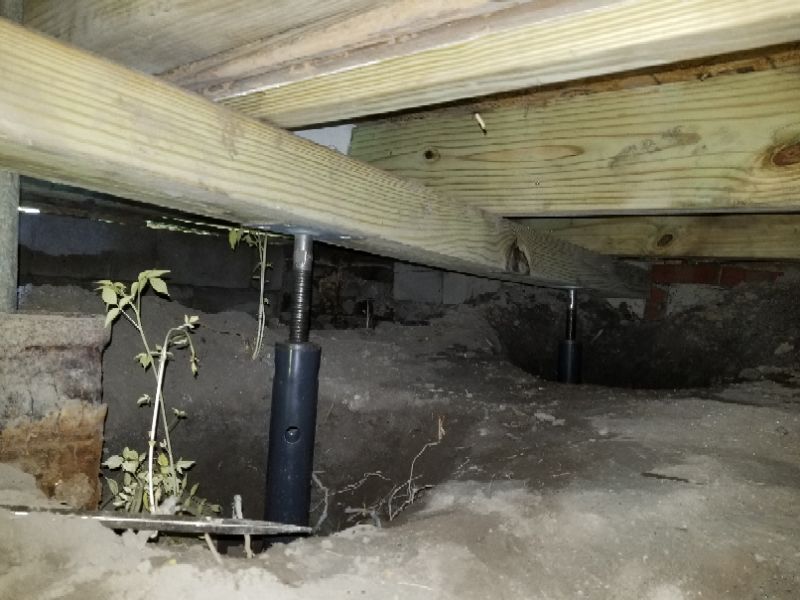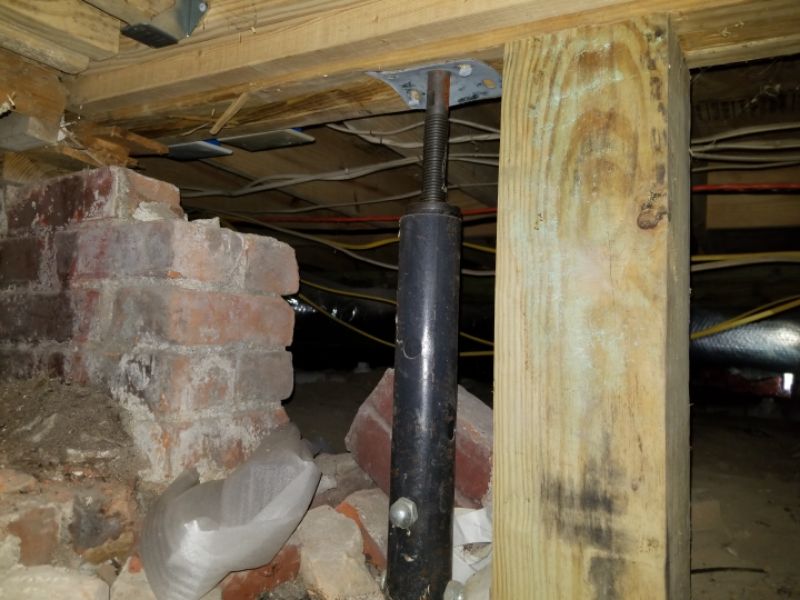Piers and posts are upright columns that carry the weight of the home’s structure down into the ground and to the footings. In most houses, they are inside the foundation walls, where they support the beams and point-loads. Some buildings use piers spaced at regular intervals instead of a perimeter foundation wall, so-called “pier and beam” construction.
Most pier and post inspection is straightforward. Are they plumb, well-centered under their loads, and in good repair? Do they go into the ground, beyond where you can probe, presumably to a footer below the local frost line? The trickier part is determining if they are in the correct location. You should inspect the basement or crawl space last. When in the floors above and the attic, pay attention to where the structure is; are the loads following a line down to the pier or post? Is there unusual sagging near a pier that indicates the load path is missing the support? Remember: adjustable screw jacks (“lally posts”) are generally only approved for temporary use.
The pier is not plumb. This can affect its load-carrying ability. Hire a contractor to replace the pier.
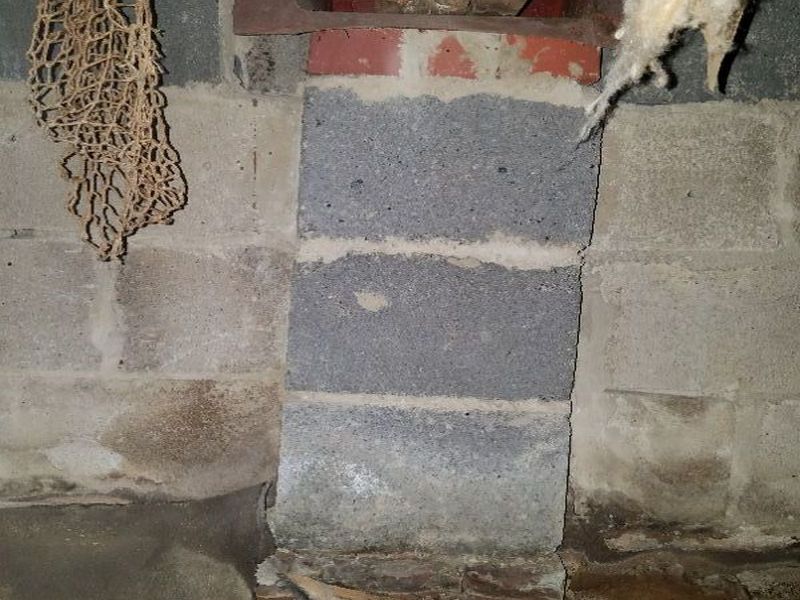
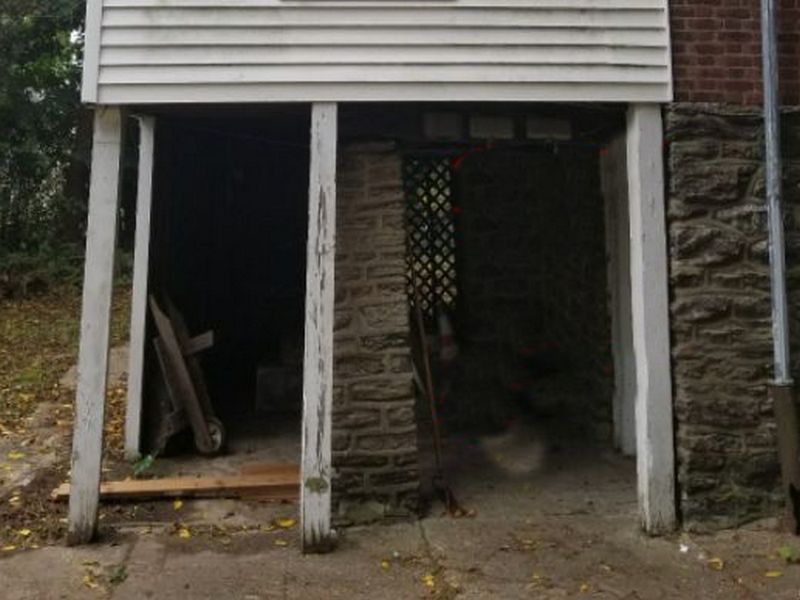
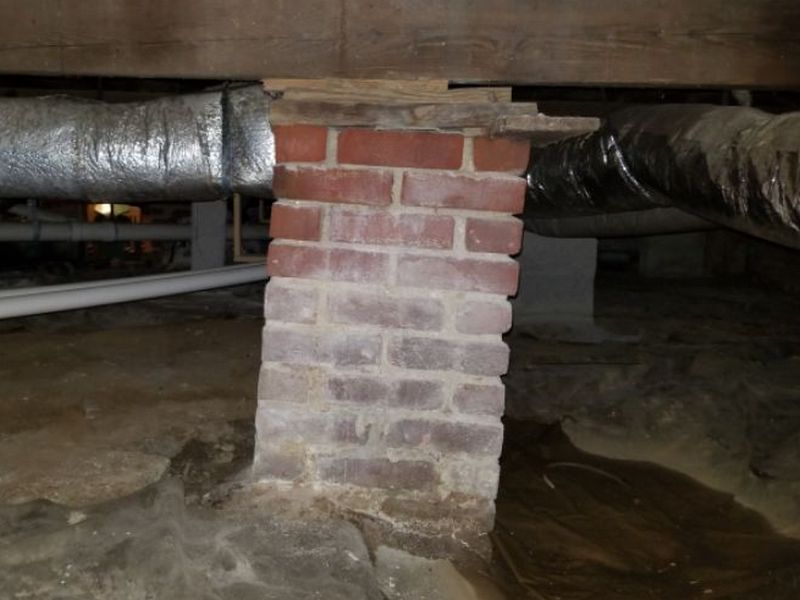
The pier is damaged. This can affect its load-carrying ability. Hire a contractor to replace the pier.
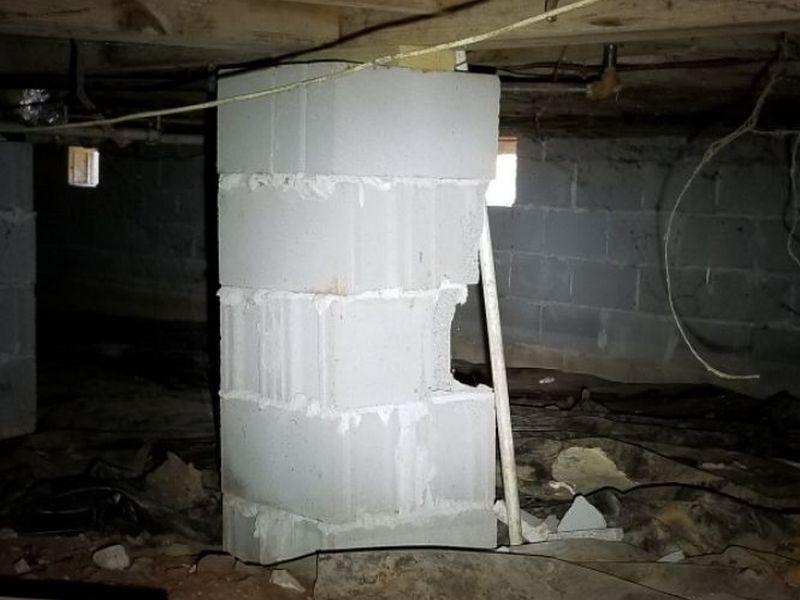
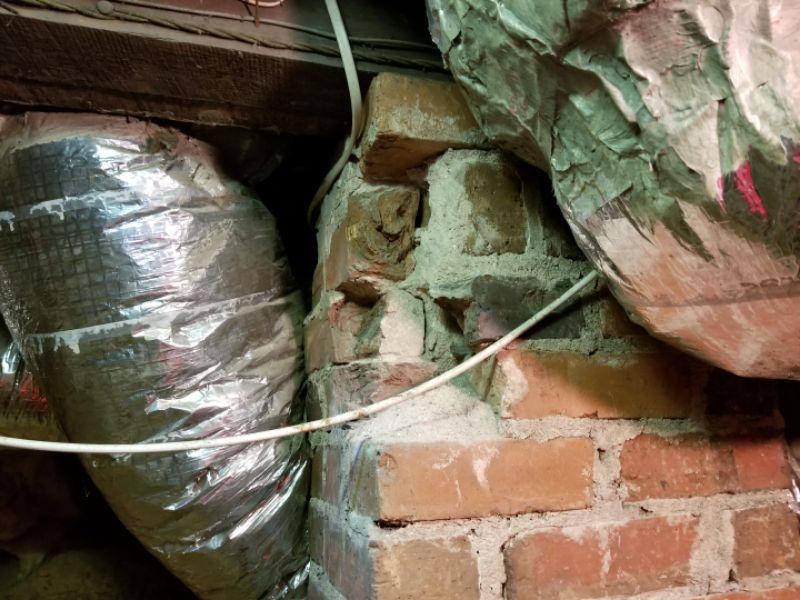
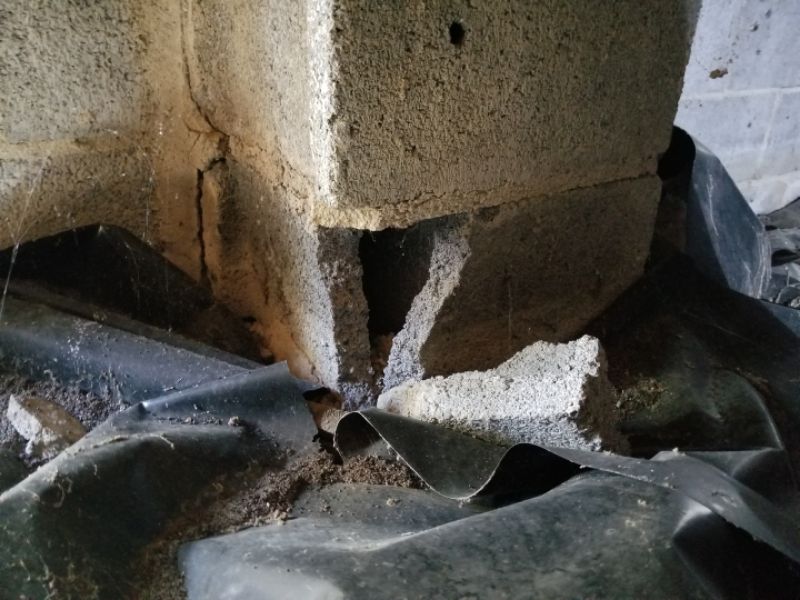
The pier is deteriorated. This can affect its load-carrying ability. Hire a contractor to replace the pier.
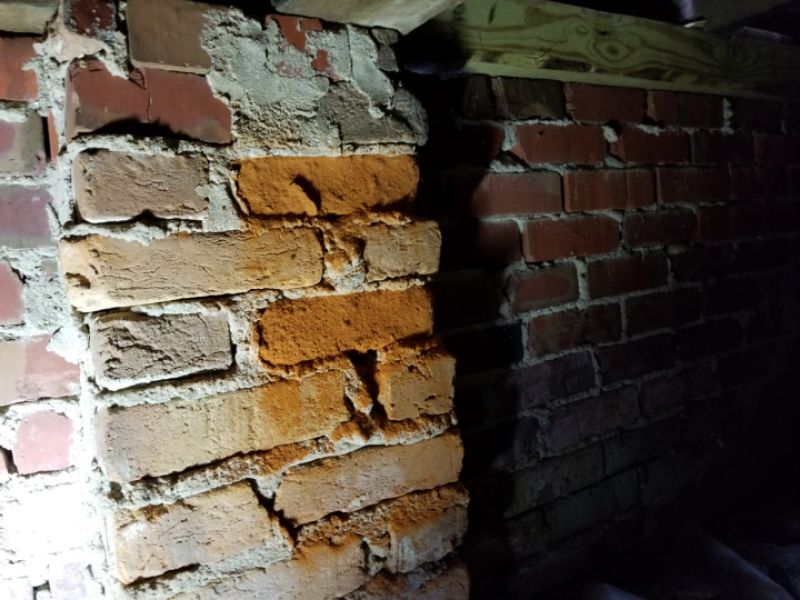
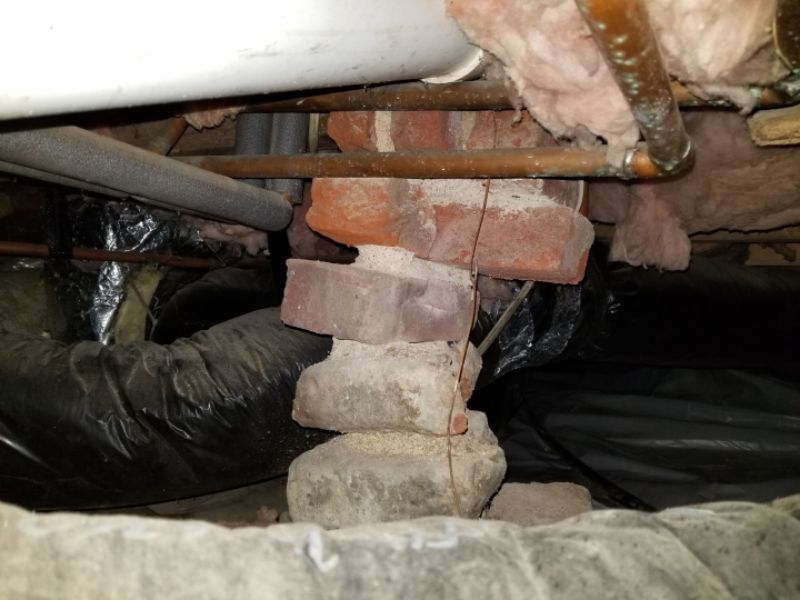
The pier does not have a footing that extends below the frost line. This can affect its load carrying ability. Surface blocks are not adequate. Hire a contractor to replace the pier.
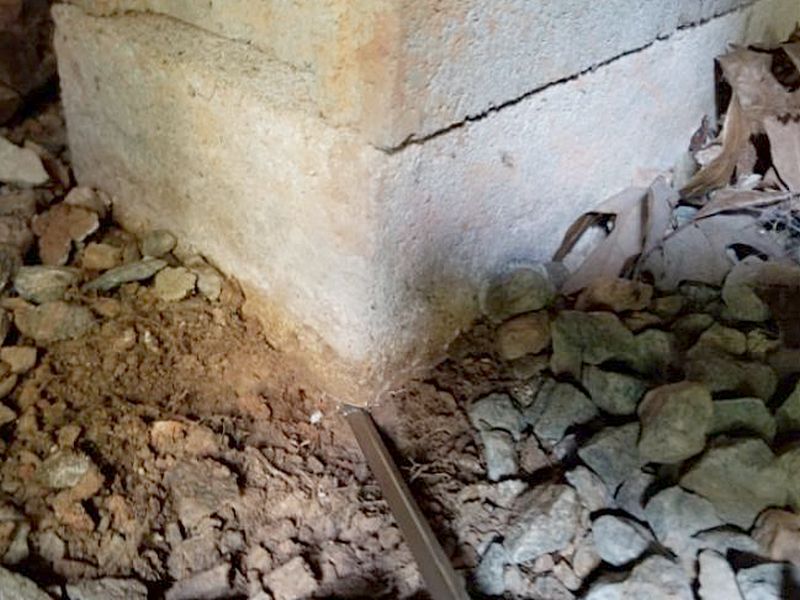
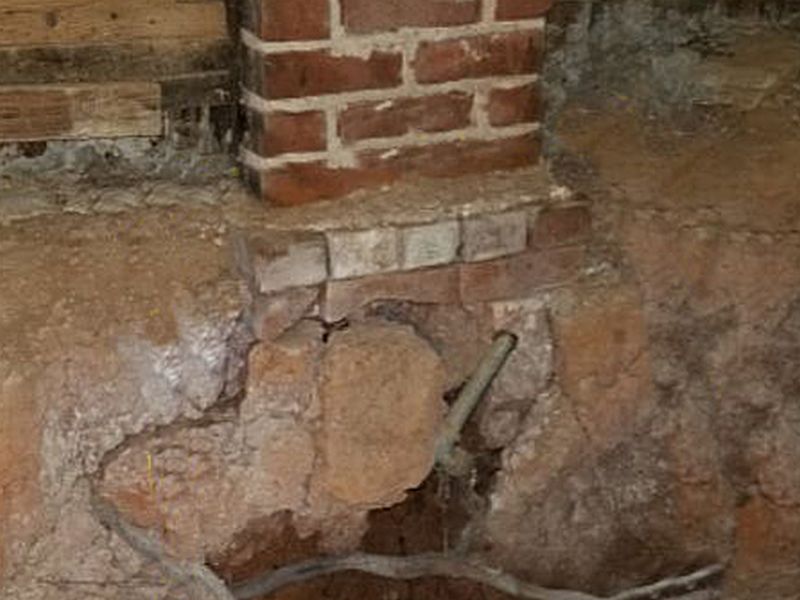
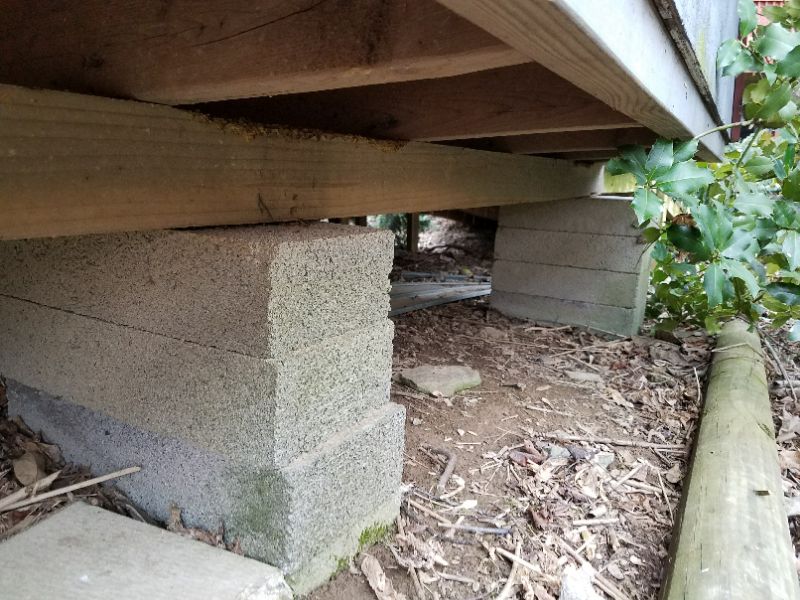
The pier is settled. This can affect its load carrying ability. The cause for this should be identified. Hire a contractor to replace the pier.
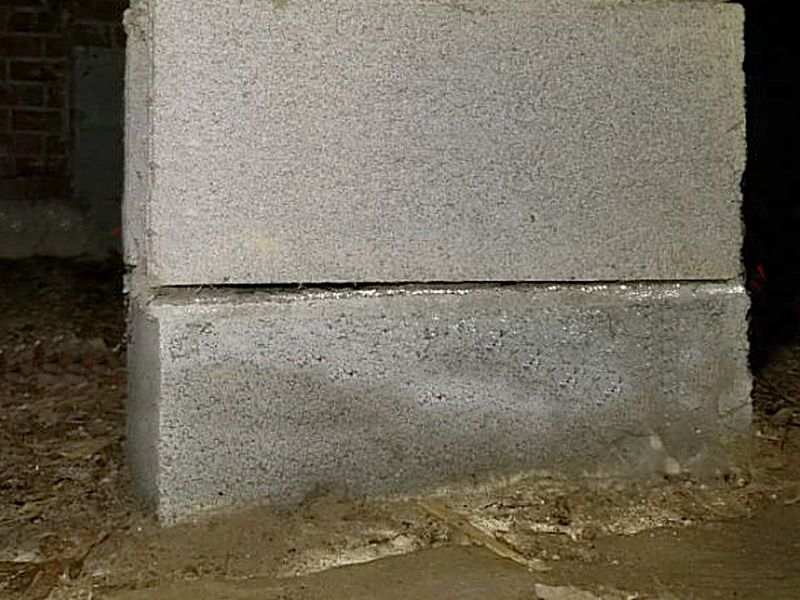
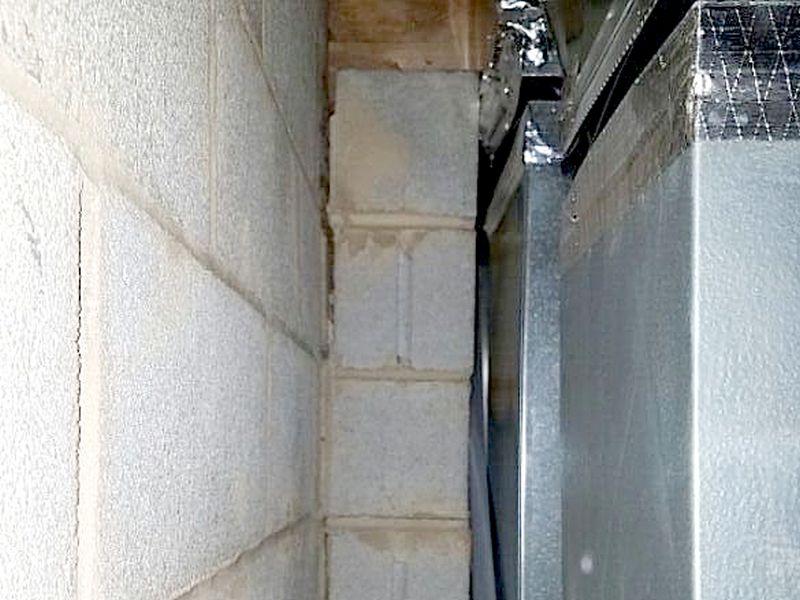
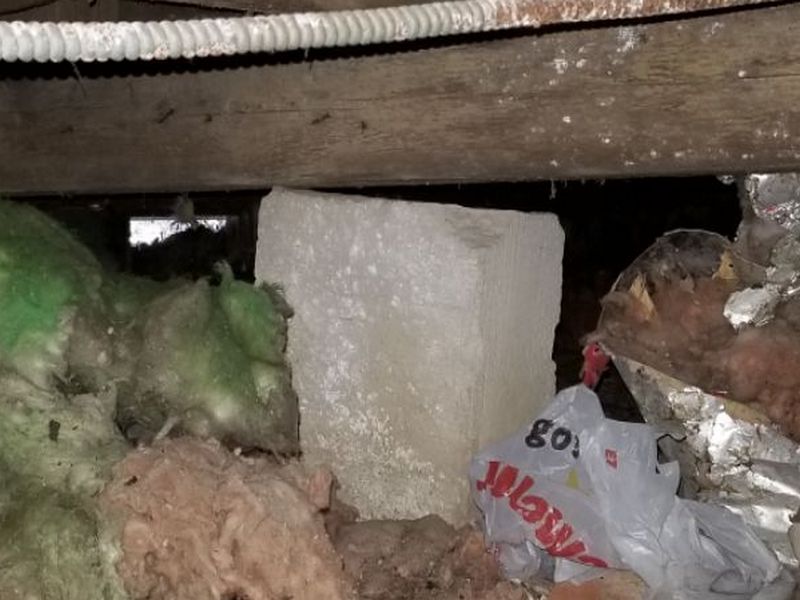
The CMU (cinder blocks) are improperly installed at the pier. They are on their sides. CMUs should be installed vertically with the cells perpendicular to the floor and the beam. Hire a contractor to replace the pier.
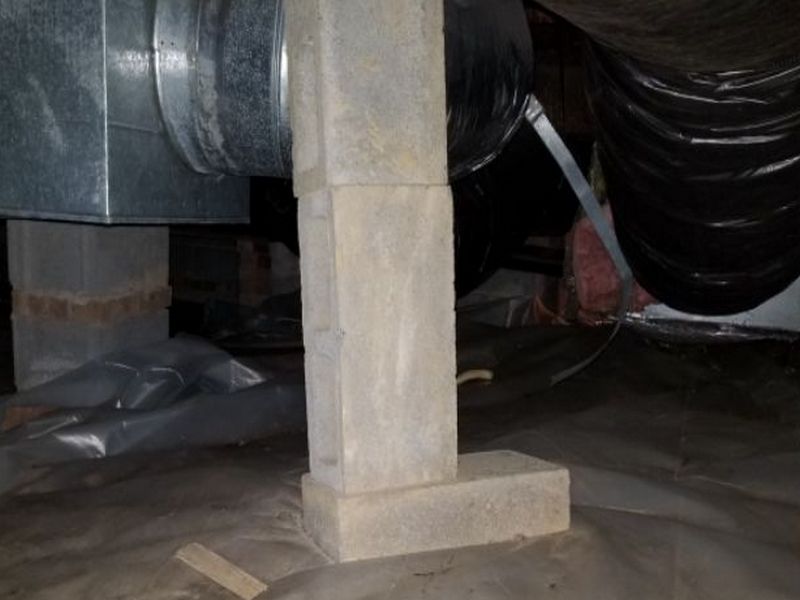
The CMU (cinder blocks) are improperly installed at the pier. The open cells have not been filled with grout as required by accepted practice. This affects its structural strength. Hire a contractor for repairs or replacement as needed.
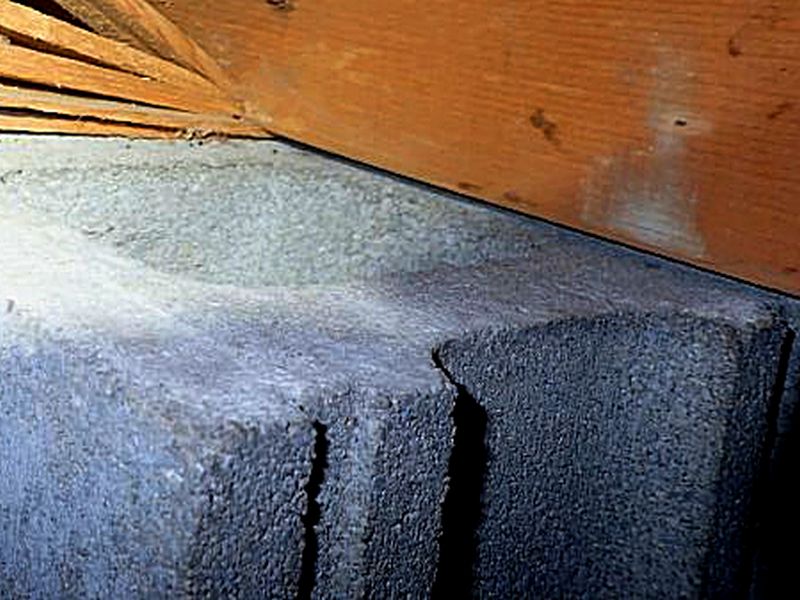
The pier installation is unworkmanlike. Its reliability is questionable. Installations should adhere to accepted building practices. Hire a contractor to replace the pier.
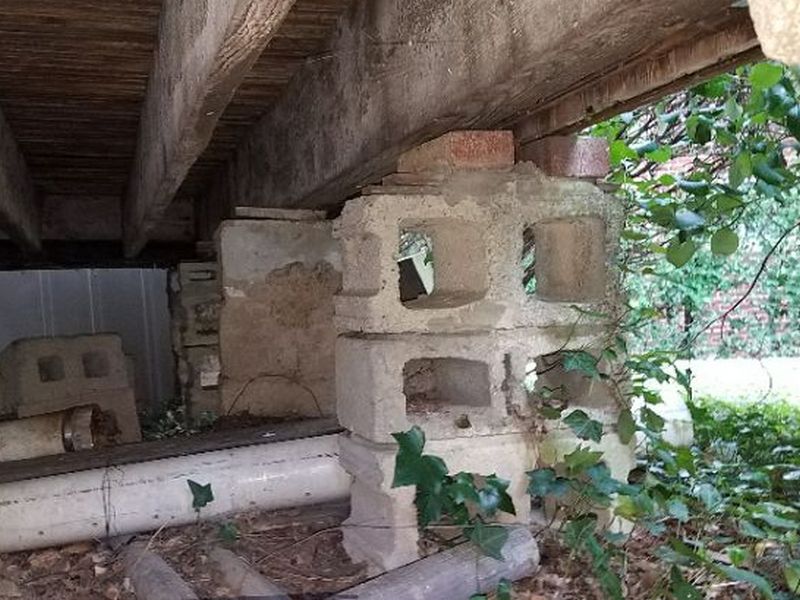
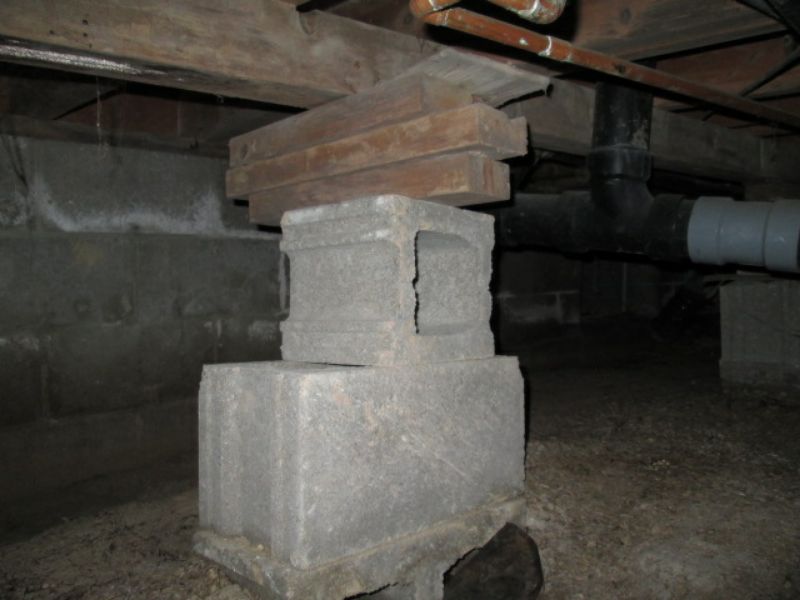
The post is not plumb. This can affect its load-carrying ability. Hire a contractor to replace the post.
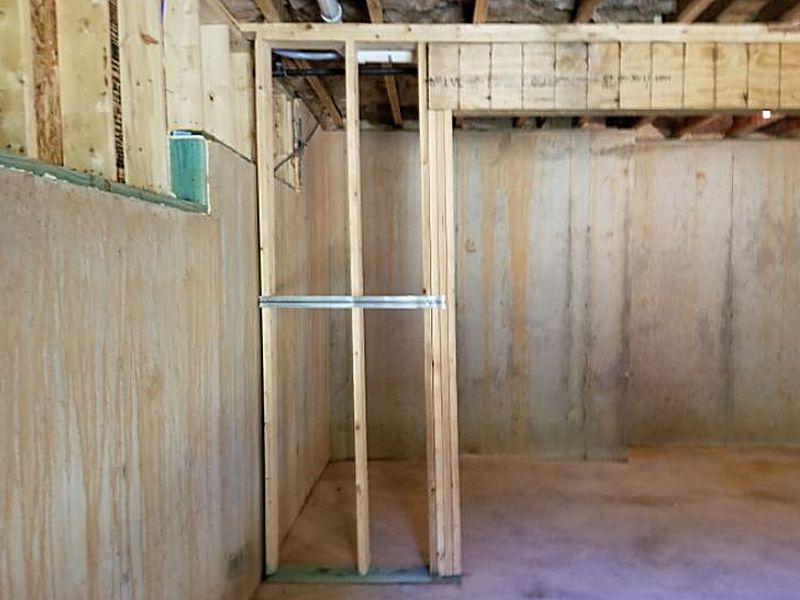
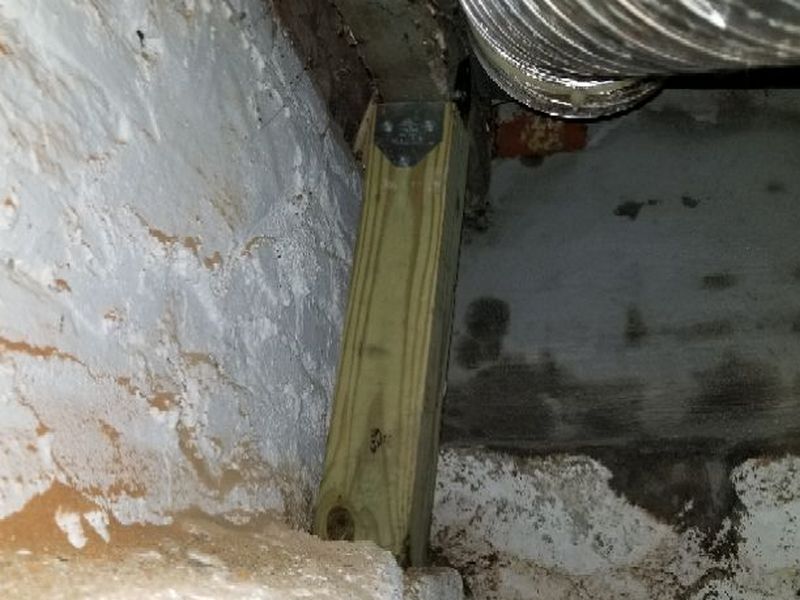
The post is damaged. This can affect its load-carrying ability. Hire a contractor to replace the post.
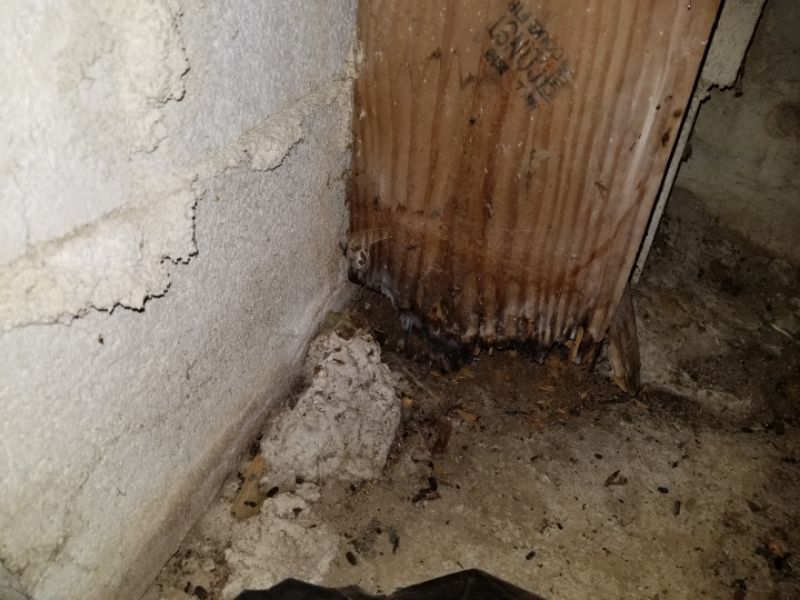
The post is deteriorated. This can affect its load-carrying ability. Hire a contractor to replace the post.
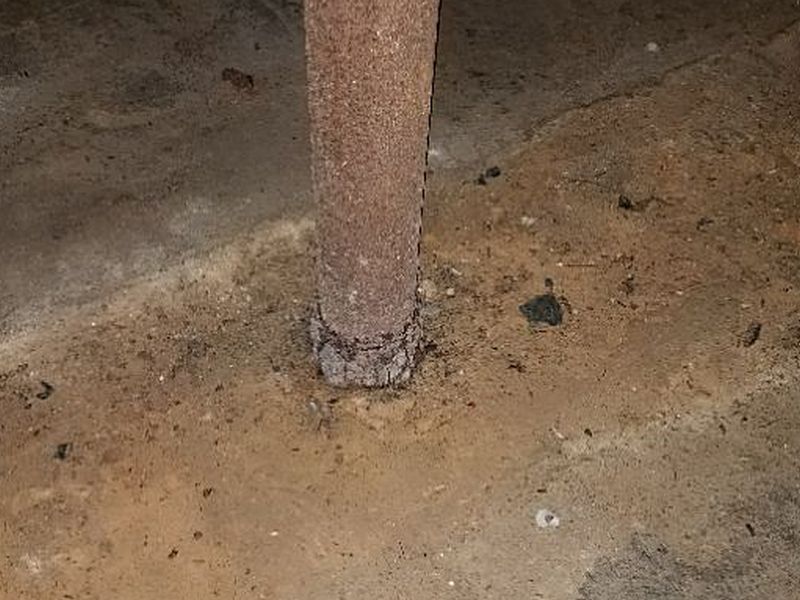
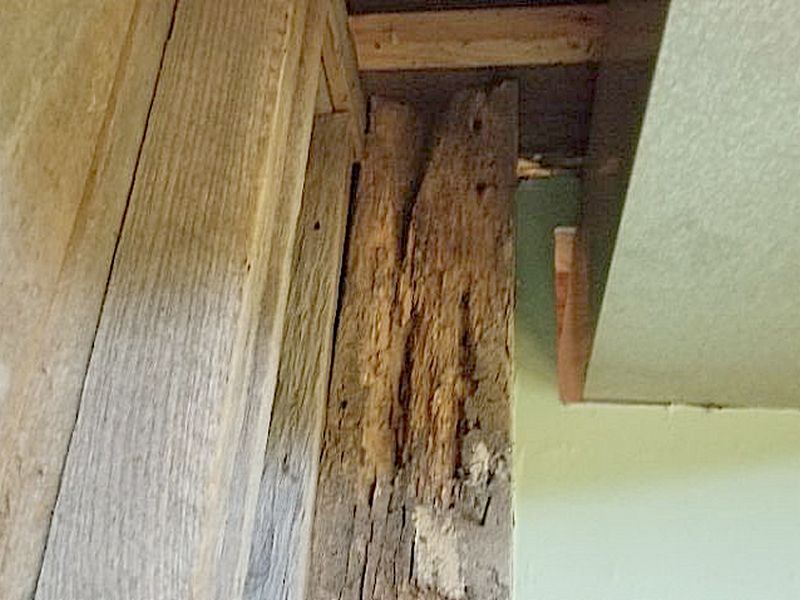
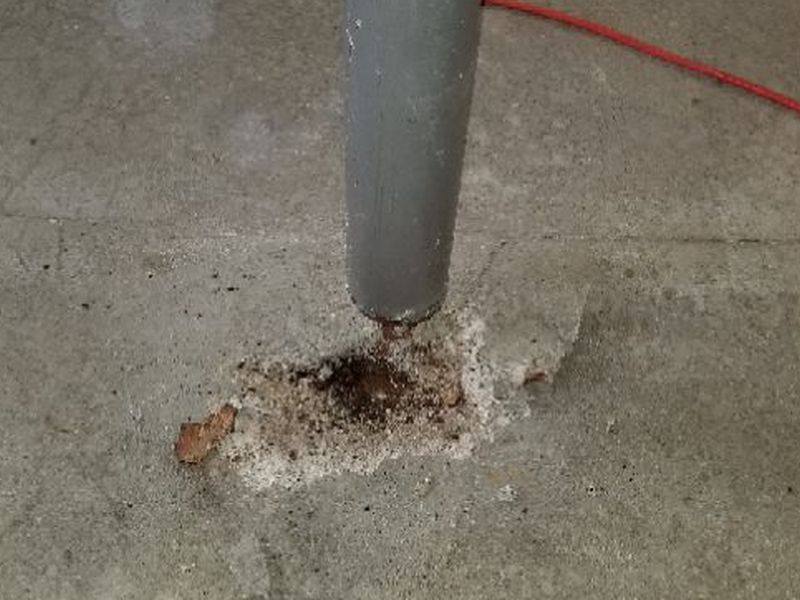
The post does not have a footing that extends below the frost line. This can affect its load carrying ability. Surface blocks or sections of a floor slab without a pier are not adequate. Hire a contractor to replace the post.
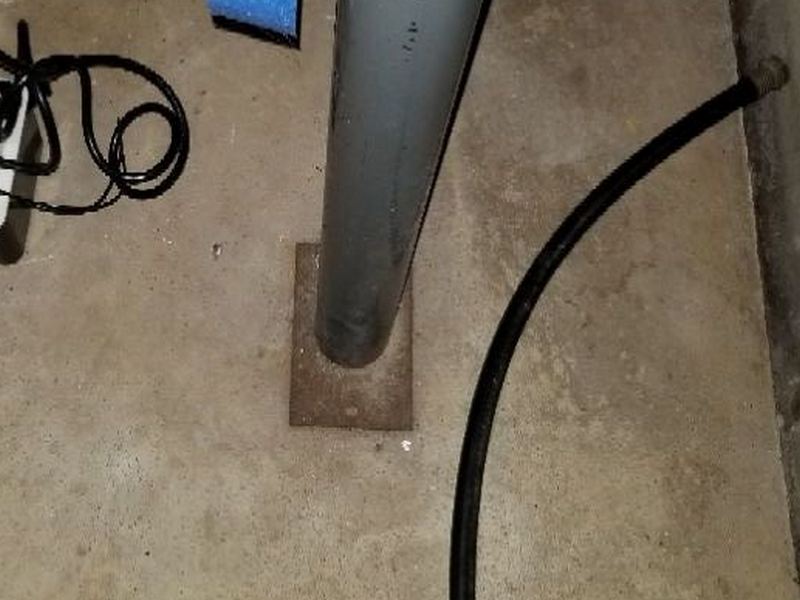
The post is settled. This can affect its load carrying ability. The cause for this should be identified. Hire a contractor to replace the post.
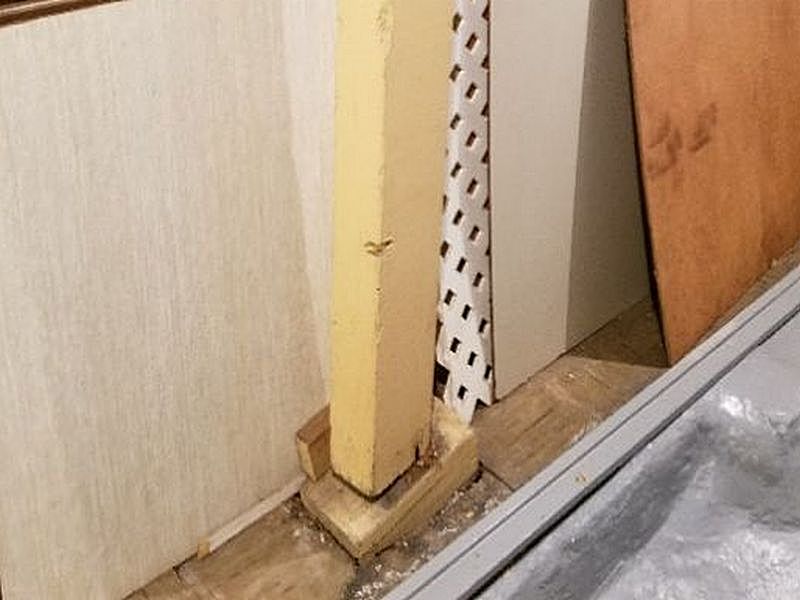
The post installation is unworkmanlike. Its reliability is questionable. Installations should adhere to accepted building practices. Hire a contractor to replace the post.
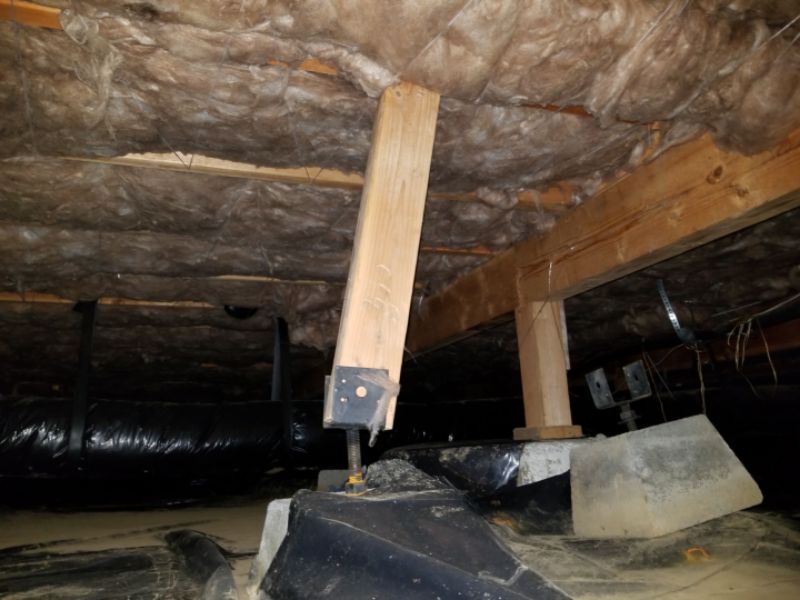
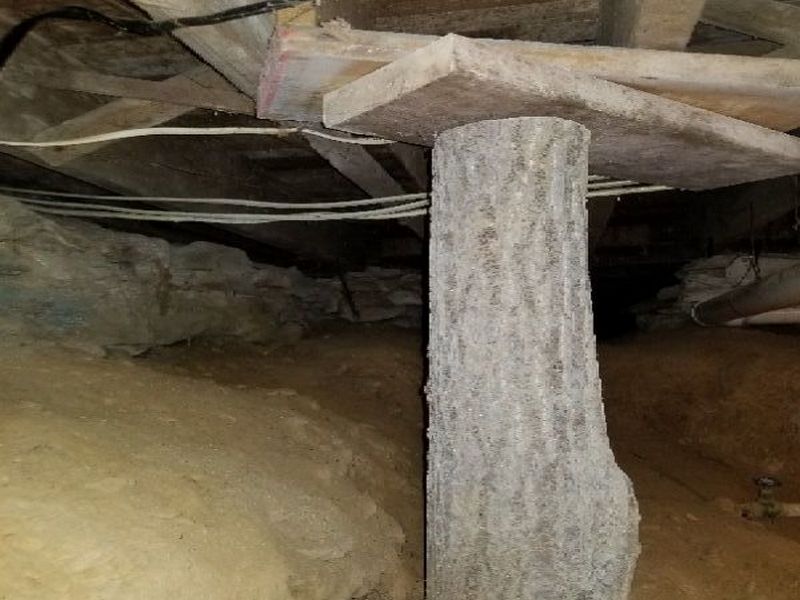
An adjustable screw jack is installed as a support post. These are considered temporary supports. Hire a contractor to replace the post.
